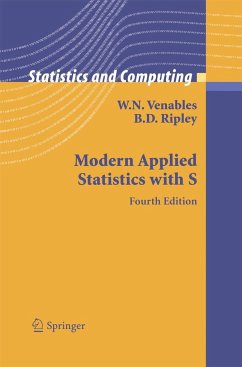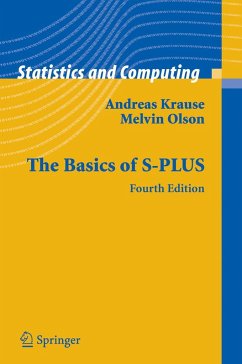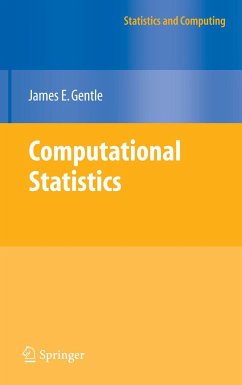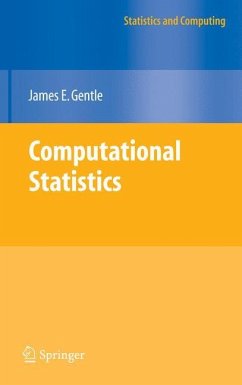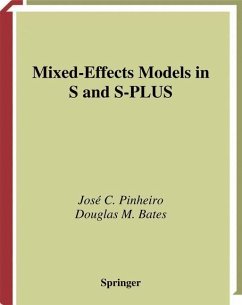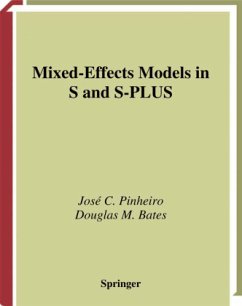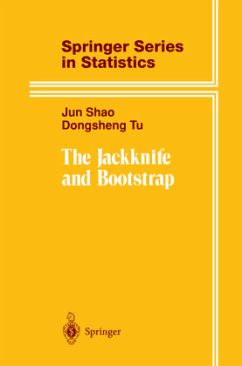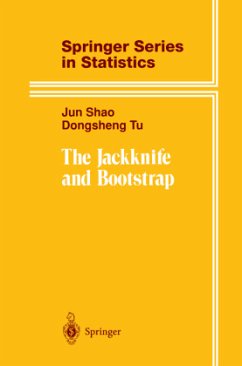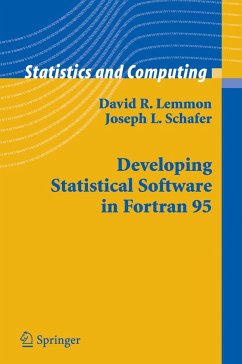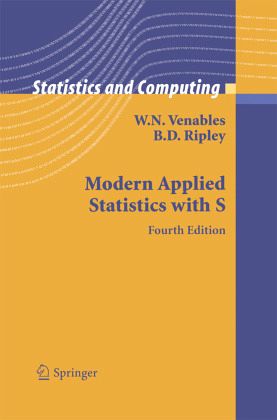
Modern Applied Statistics with S
Versandkostenfrei!
Versandfertig in 6-10 Tagen
129,99 €
inkl. MwSt.
Weitere Ausgaben:

PAYBACK Punkte
65 °P sammeln!
S is a powerful environment for the statistical and graphical analysis of data. It provides the tools to implement many statistical ideas that have been made possible by the widespread availability of workstations having good graphics and computational capabilities. This book is a guide to using S environments to perform statistical analyses and provides both an introduction to the use of S and a course in modern statistical methods. Implementations of S are available commercially in S-PLUS(R) workstations and as the Open Source R for a wide range of computer systems. The aim of this book is t...
S is a powerful environment for the statistical and graphical analysis of data. It provides the tools to implement many statistical ideas that have been made possible by the widespread availability of workstations having good graphics and computational capabilities. This book is a guide to using S environments to perform statistical analyses and provides both an introduction to the use of S and a course in modern statistical methods. Implementations of S are available commercially in S-PLUS(R) workstations and as the Open Source R for a wide range of computer systems. The aim of this book is to show how to use S as a powerful and graphical data analysis system. Readers are assumed to have a basic grounding in statistics, and so the book is intended for would-be users of S-PLUS or R and both students and researchers using statistics. Throughout, the emphasis is on presenting practical problems and full analyses of real data sets. Many of the methods discussed are state of the art approaches to topics such as linear, nonlinear and smooth regression models, tree-based methods, multivariate analysis, pattern recognition, survival analysis, time series and spatial statistics. Throughout modern techniques such as robust methods, non-parametric smoothing and bootstrapping are used where appropriate. This fourth edition is intended for users of S-PLUS 6.0 or R 1.5.0 or later. A substantial change from the third edition is updating for the current versions of S-PLUS and adding coverage of R. The introductory material has been rewritten to emphasis the import, export and manipulation of data. Increased computational power allows even more computer-intensive methods to be used, and methods such as GLMMs,





